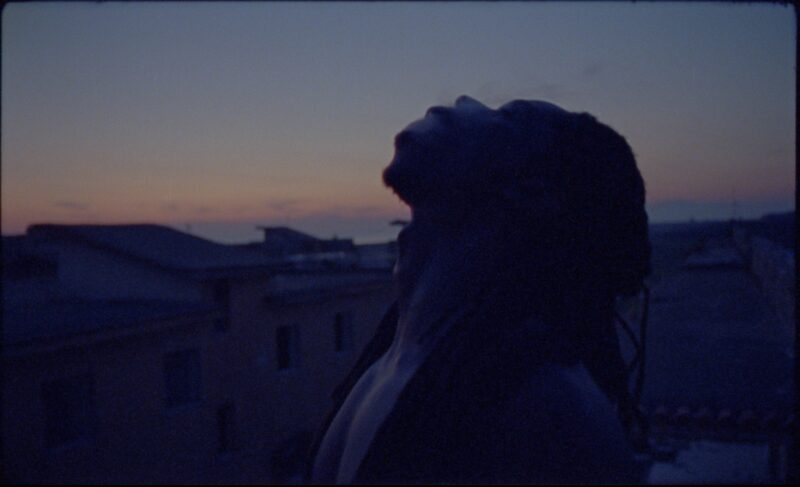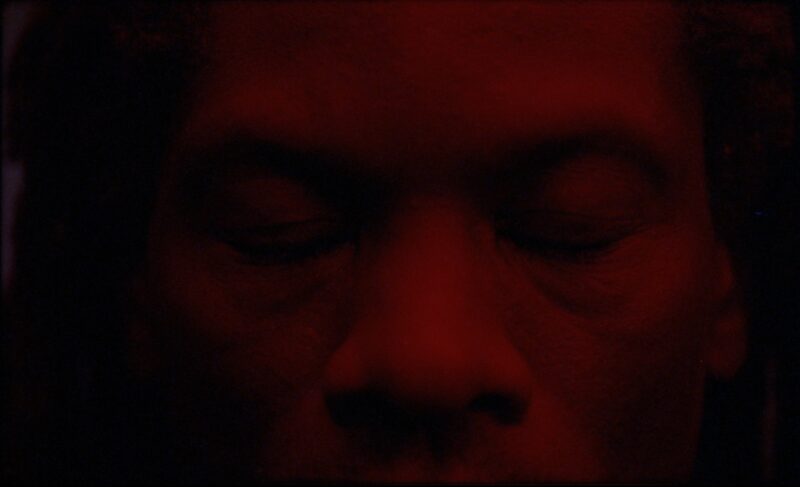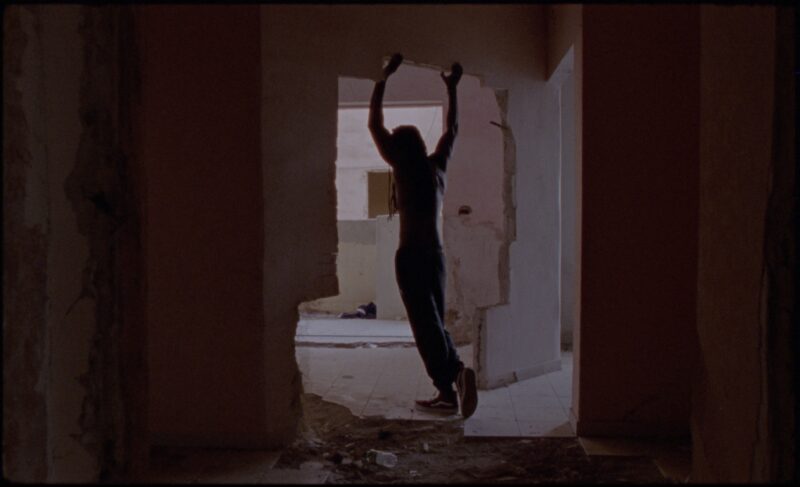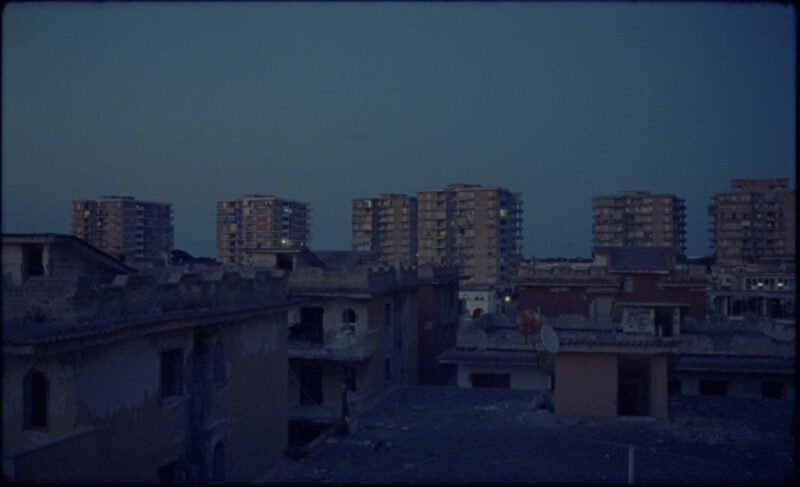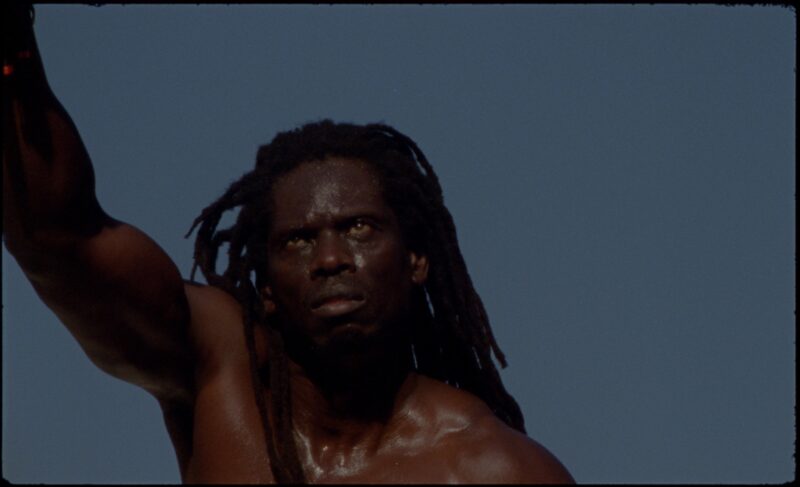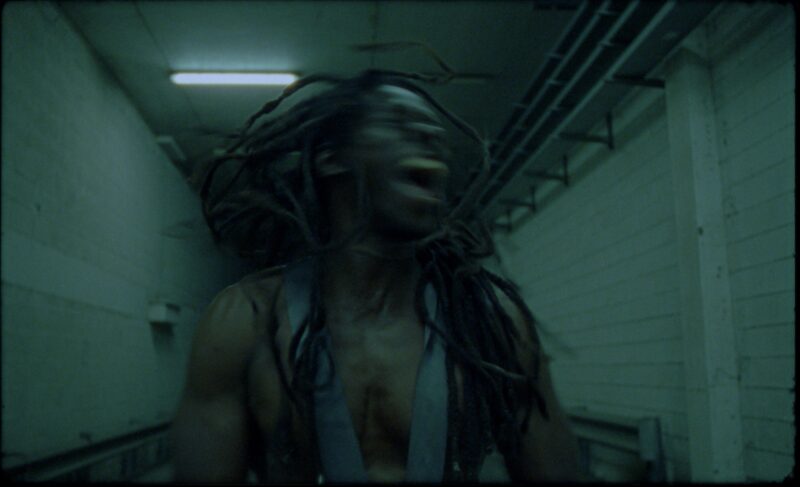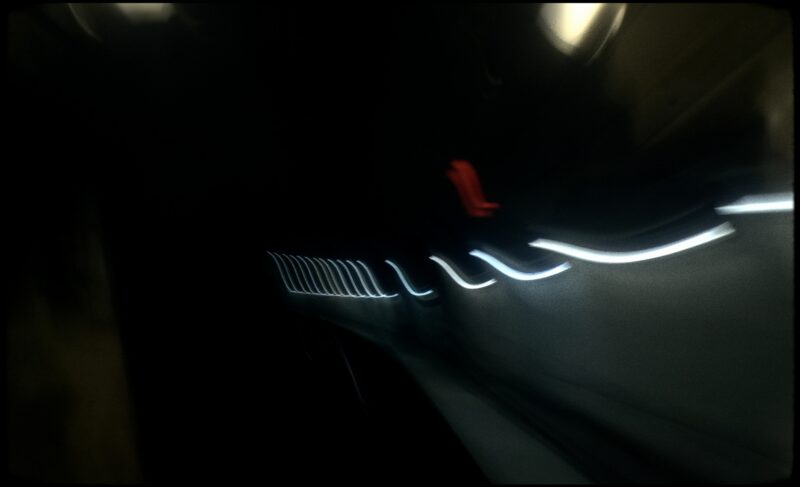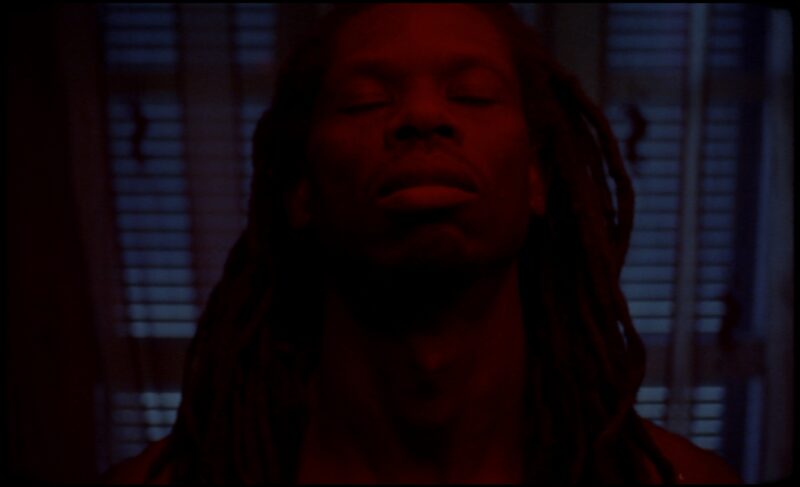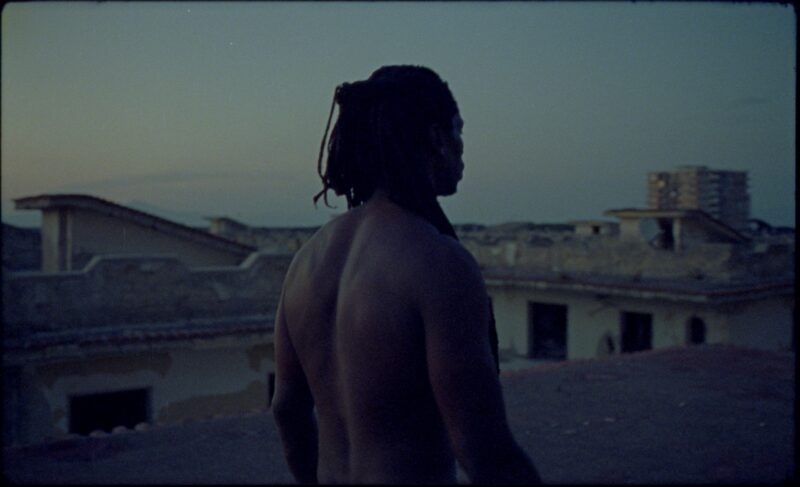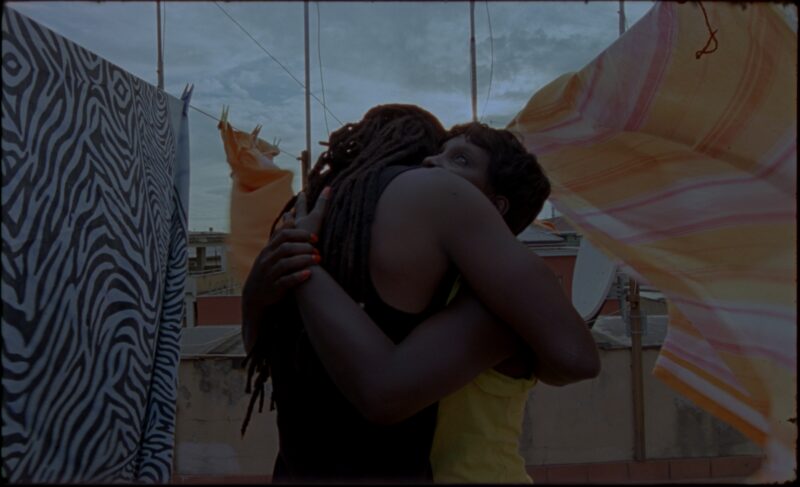Isma is the new movie by Stefano Usberghi & Giovanni Corsi produced by C41. Isma is an epic visual journey through the life and music of Ismalia Mbaye, an accomplished percussion master, considered one of the leading African percussionist on the European scene. The film is an intimate journey through his consciousness, where the act of creating music is the key to transform one’s dark side into an opportunity for redemption and healing. Ismaila’s music is a sincere dedication to those who fight, often paying with their lives for the respect of human rights.
I feel it is right to start with the protagonist of the story: Ismaila Mbaye. How did you come into contact with this character? Why did you decide to tell his story?
I met Isma about five years ago, while I was shooting a short film in the Foggia area, where there are ghettos, real open-air ‘slums’, where hundreds of migrants of African origin live, crammed together, in conditions of absolute precariousness. It is paradoxical because the one where we were filming in Borgo Mezzanone is right next to the Cara, which is a reception centre and therefore a place of the state. Next to the Cara, however, there is this ghetto called La Pista ghetto, which is not talked about or is talked about very little, a place that is really hard to believe can exist and where human conditions are so precarious and frayed that talking about it here would not give a plausible impression, it would be necessary to physically enter it to understand what conditions we are talking about. These are places where the state does not exist and is rarely mentioned. Down there, in the Foggia area, the tomato harvest is carried out in the summer for the big food chains under the illegal hiring, with no rights to work up to fifteen hours a day. Isma was one of the protagonists of this short film, which I shot as director of photography. However, that work was not about him.
During the filming in the ghetto Isma told me his story, and how approaching music had somehow ‘saved his life’, I understood that this art form had a ‘healing’ power for him. These seemed to be interesting concepts on which to start working. They were elements that we wanted to channel into this short film. We listened to Isma play, there was energy, physical power, which is the very essence of percussion, and we knew that this was the fulcrum of our story.
The whole video is imbued with important values such as freedom, the fight for one’s rights, and music as a means of communication. How much do you see yourself in these themes?
We wanted to tell the story through a parable that reflected the character’s emotional state. We believed that the right form to do this was to give it the form of a monologue, a confession, whispered words, a “voice over” with strong epic connotations, accompanied by music, acted as if Isma were addressing her mother. We wanted to put the right emphasis on the use of words, to calibrate them well. We edited the written text several times so that it would represent an intimate journey that Isma makes through his consciousness. Themes such as fighting for one’s rights and fighting for the freedom we feel are very dear to us, but we wanted them to act in the sub-text of the story without giving him an omniscient protagonist role, we let the music be the epicenter of the work.
Why did you decide to shoot in Castel Volturno? Do you or the protagonist have any particular ties with this area?
It must be said that this area of Campania can be rightly considered a borderland, half Italy half Africa, precisely because it is inhabited for the most part by people of African origin. In that land torn apart by mafias, human exploitation has reached unacceptable levels. Isma’s journey is not only a metaphor for a return to his homeland but also a journey within his own consciousness..
The film seems to be set in an apocalyptic scenario, where everything around Ismaila Mbaye is in ruins and he lives only through the sound of his percussion. What is the message you wanted to communicate by choosing this particular setting?
The apocalyptic scenery of Castel Volturno was a perfect representation of the type of place in which to set our journey. The aesthetic impact of such a place brings us aesthetically closer to a certain sense of death, with which the place is imbued. A place where there seems to be no more life. The visual impact one has with Castel Volturno reminded us of something halfway between De Chirico’s paintings and those of Francis Bacon, metaphysical at the same time transfigured. In that place, the atmosphere seems rarefied, as if suspended. Walking among the rubble of a ghost town seemed to us like a journey through the ruins of time and memory. We wanted Isma to pass through this place, which symbolised an inner journey into a collective memory that has now been ruined. We filmed inside the “Villaggio Coppola”, an architectural project from the 1950s, designed by the brothers of the same name, and which was intended, almost ironically, to be a bathing area for holidays on that stretch of coastline. It was not long before people realised that once the architectural project had failed, they had built an eco monster, a concrete spill at altitude, only two hundred kilometers from Rome. The choice of using these “ruins” derives from the fact that we wanted Isma to move in this desolate scenario, made of rubble, a ruined path, an impervious, uncertain road, like that of a hero trying to return home. Only after the journey will he be able to reconcile with himself, thanks to the antidote of his music.
Credits
Interview by Alice De Santis
a film by | Stefano Usberghi & Giovanni Corsi
Produced by C 41
Ex. producer: Leone Balduzzi, Luca Caizzi, Barbara Guieu
Co-produced by Marco Consentino, Jacopo Pica, Stefano Usberghi
Starring: Ismaila Mbaye & Odette Gomis Mbaye
Cinematographer: Stefano Usberghi
Editors: Mattia Levi & Stefano Usberghi
Steadicam: Francesco Argenziano
Voice Over: Jonv Joseph
1st AC: Andrea Reitano
Sound Mixer: Alessandro Di Maio
Re-recording Mixer: Vittorio Giampietro
Sound Design: Stefano Usberghi
Subtitles: Costanza Di Michele
Lab and Film Scan: Movie and Sound
Light and Camera: Camera Service Group
Special Thanks to: Lisa Bof, Ivan Brienza, Mine Studio, Sara Pellegrino, Camera Service Group, Illmatic Film Group
Shot in Castel Volturno, Italy
Filmed on Kodak 7219 and 7207
